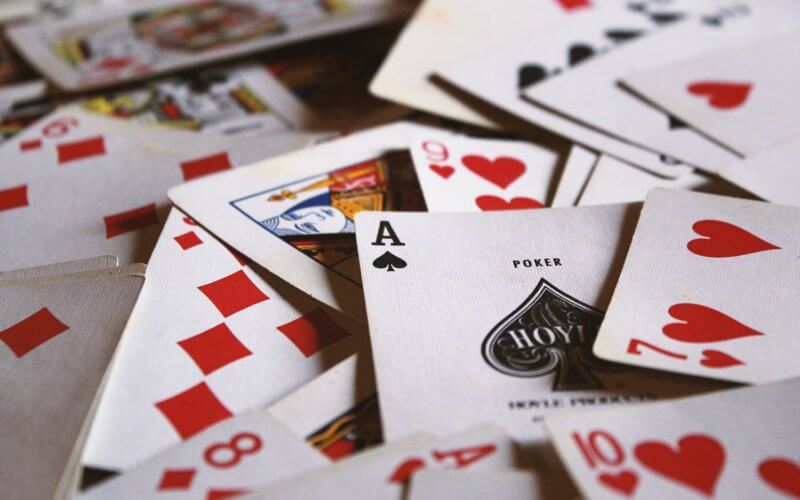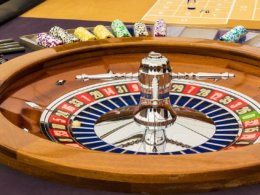Baccarat is a card game that is dealt from a shoe that holds 6 or 8 decks of cards. Two hands are dealt by the house dealer, the“banker” hand and the “player” hand. Before the hands are dealt, bets may be placed on the banker’s hand, on the player hand, or on a tie.
Winning bets on banker or player are paid 1:1, but a commission of 5% is charged on bank bets making the net odds on such bets 0.95 to 1. Some casinos may charge a lower commission (e.g., at this writing, Binion’s Horseshoe in Las Vegas charges 4%.).
Some sources report that tie bets are paid 8:1, while others claim that tie bets are paid 9:1, so this may vary from casino to casino. If there is a tie, bets on the banker or player are returned. Once a bet has been placed, there are no opportunities for further decisions — both the banker hand and the player hand are dealt according to fixed rules, resulting in final hands of either two or three card for each.
Maxbet in Wagering Requirements
The value of a hand is determined by adding the values of its individual cards. Tens and face cards are counted as zero, while all other cards are counted by the number of “pips” on the card face. Only the last digit of the total is used, so all baccarat hands have values in the range 0 to 9 inclusive. The hand with the higher value wins; if the hands have the same value, the result is a tie.
Rules for the player hand: If the player’s first two cards total 6 or more, then the player must stand without drawing a card. If the player’s first two cards total 5 or less, the player must draw one additional card.
Rules for the banker’s hand: If the banker’s first two cards total 7 or more, then the banker must stand without drawing a card. If the banker’s first two cards total 0, 1, or 2, then the banker must draw one card. If the banker’s first two cards total 3, 4, 5, or 6, then whether the banker draws is determined by the whether the player drew, and if so the value of the player’s draw card, as shown in the table below.
Bank Drawing vs. player's draw
Bank N 0 1 2 3 4 5 6 7 8 9 <--- player's
------------------------------------------ draw card
9 - - - - - - - - - - -
8 - - - - - - - - - - -
7 - - - - - - - - - - -
6 - - - - - - - D D - -
5 D - - - - D D D D - -
4 D - - D D D D D D - -
3 D D D D D D D D D - D
2 D D D D D D D D D D D
1 D D D D D D D D D D D
0 D D D D D D D D D D D
------------------------------------------
D = draw, N = no card drawn by player
The probability distribution for a hand dealt from a
complete shoe is as follows:
Probability Probability of Probability
of bank win of player win of tie
---------------------------------------------------------
6 decks 0.458652719 0.446278570 0.095068711
8 decks 0.458597423 0.446246609 0.095155968
This implies the following house advantages:
Bet bank Bet bank Bet player Bet tie Bet tie
decks 5% vig. 4% vig. 9:1 8:1
---------------------------------------------------------
6 1.05585% 0.59720% 1.23741% 4.93129% 14.43816%
8 1.05791% 0.59931% 1.23508% 4.84403% 14.35963%
Edward O. Thorp and others have determined that card counting is not effective in overcoming the house edge at the baccarat tables. Compared to blackjack, card counting is about 9 times less effective when used against baccarat.










